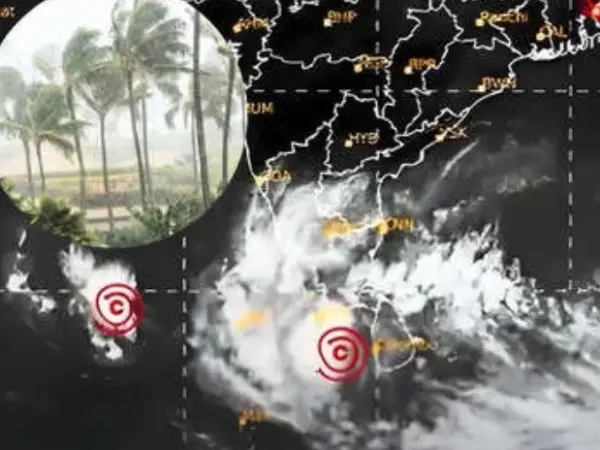A tragic incident unfolded on Tuesday when Singapore Airlines Flight SQ106, en route from London to Singapore, encountered severe turbulence that led to the loss of one life and injuries to several passengers. The Boeing 777-300ER aircraft, carrying 211 passengers and 18 crew members, was cruising over the Indian Ocean when it suddenly experienced violent shaking.
Emergency Landing in Bangkok:
The intensity of the turbulence necessitated an immediate change in course, prompting the captain to divert the flight to Bangkok’s Suvarnabhumi Airport. The aircraft made an emergency landing at 3:45 PM local time. Upon landing, medical personnel rushed to the scene to attend to the injured passengers. Sadly, one passenger succumbed to their injuries.
Singapore Airlines Statement:
Expressing condolences to the family of the deceased passenger, Singapore Airlines issued a statement acknowledging the incident and confirming their support for the injured passengers. The airline stated that they are in contact with Thai authorities to provide medical assistance and have dispatched a team to Bangkok to offer further support.
Understanding Air Turbulence:
Air turbulence, also known as clear air turbulence (CAT), occurs when an aircraft encounters sudden and unexpected changes in air flow. These variations can cause the plane to jolt and shake, sometimes severely. Turbulence can be caused by various factors, including thunderstorms, jet streams, and mountain waves.
Impact of Turbulence on Passengers:
While turbulence can be a frightening experience for passengers, it is important to note that modern aircraft are designed to withstand significant turbulence. However, the sudden and violent shaking can cause injuries, especially if passengers are not wearing their seatbelts.
Preventive Measures:
To minimize the risk of injuries during turbulence, passengers are advised to always keep their seatbelts fastened, even when the aircraft appears stable. Additionally, it is recommended to avoid carrying loose items that could become projectiles during turbulence.





